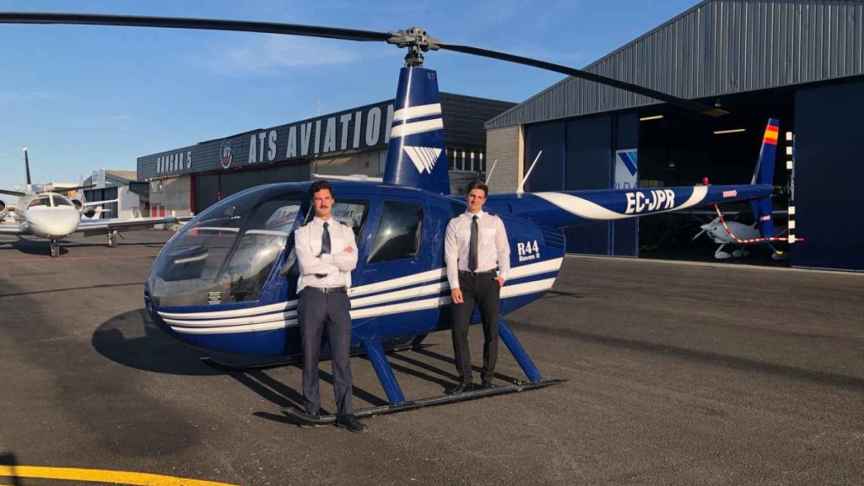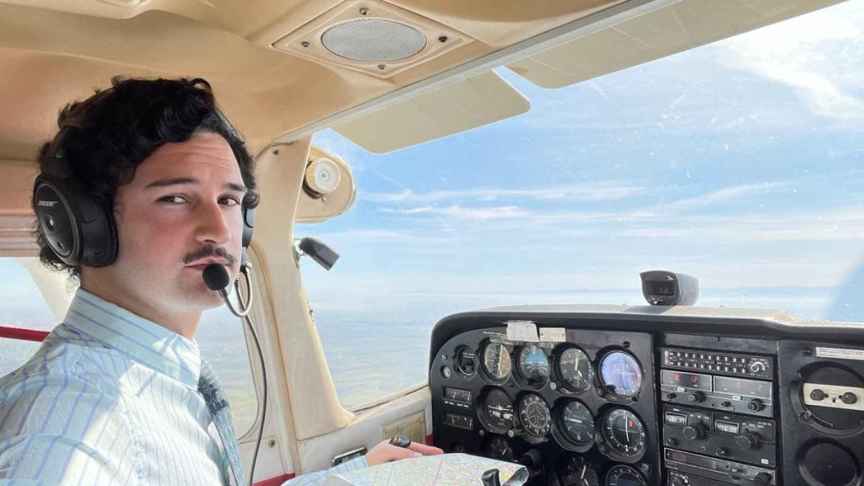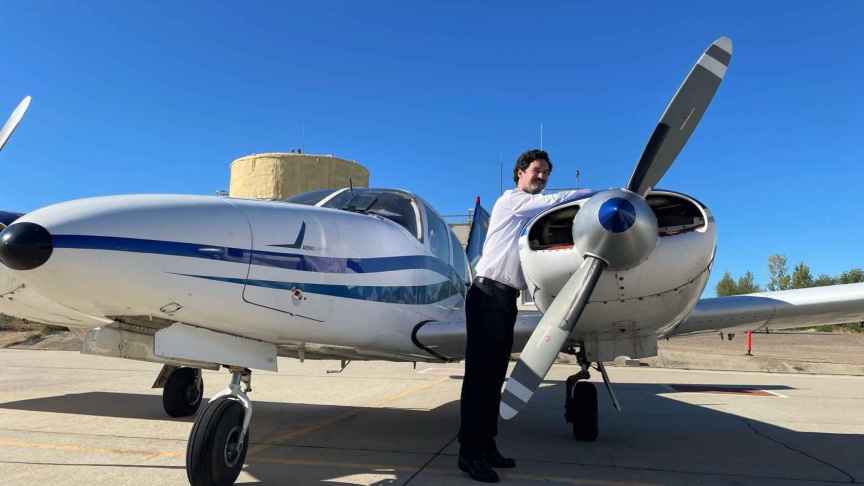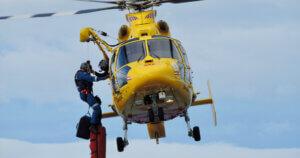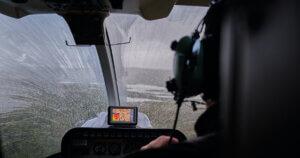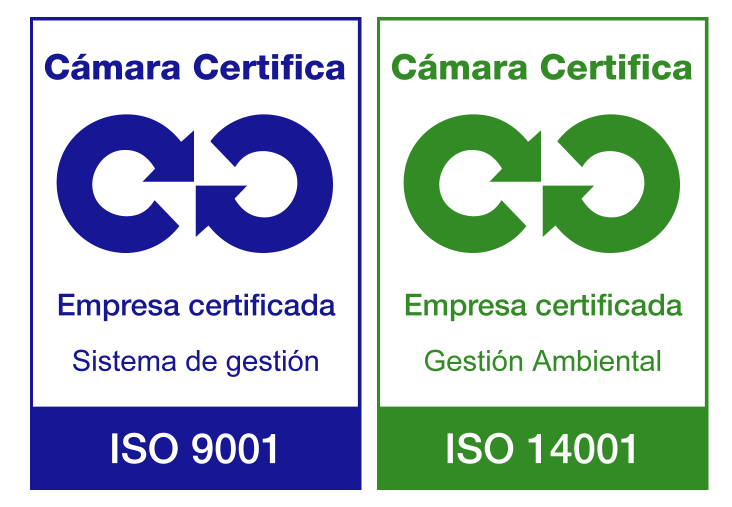QUESTION: What licenses do you hold?
ANSWER: I have the commercial airplane pilot license, which will allow me to work as a pilot in any European airline.
QUESTION: How was your training, and has it changed compared to the current one, if at all?
ANSWER: I studied at World Aviation, which at the time was the helicopter flight school. Along with my colleague Álvaro, we were the first two airplane students the school had. Sharing the school and flight impressions with students from both categories was enriching, as we spent a lot of time together, taking turns on cross-country flights in airplane or helicopter. That was pretty cool because, unlike when we flew in airplanes, in the helicopter we could practically get into any place.
I wouldn’t say that the training has changed much. Aviation in that respect is very conservative. If something works, don’t change it. Perhaps what is emphasized more today is the psychological aspect of the pilot and how things unrelated to flying can cause you to be distracted and not at one hundred percent.
QUESTION: What has been the most fun and the most complicated flight you have undertaken?
ANSWER: I’ve had quite a few fun flights, but undoubtedly, what I hold with great affection are the flights with my instructor Javi and the formation flying we did when we went on long cross-country to our other operational base in Málaga. It’s truly a privilege to take off on cloudy days, ascend through the gaps in the clouds, and feel the sun warm your face.
QUESTION: Who has been your reference in the world of aviation?
ANSWER: Since I was a child, my two grandfathers. One of them was a Navy helicopter pilot and the other was one of the first to fly a Bucker at the Santiago aeroclub, where he met my grandmother.
I must admit that I have been very fortunate to work where I work. The head of instruction, the company manager, and the entire team of instructors are people for whom I have deep admiration, both as professionals in the sector and as individuals. All of them have contributed to bringing out the best in me.
QUESTION: What is your role at World Aviation?
ANSWER: I started in the company’s drone area a few years ago. At this moment, if I had to name my position —which I detest—, it would be Chief of Operations, assistant to the head of instruction, and responsible for training for Airbus A320/A330 type ratings. My day-to-day consists of overseeing the school’s aerial operations, reviewing regulations, and assisting the head of instruction with the manuals. The time I have left in the day I try to study for company exams.
